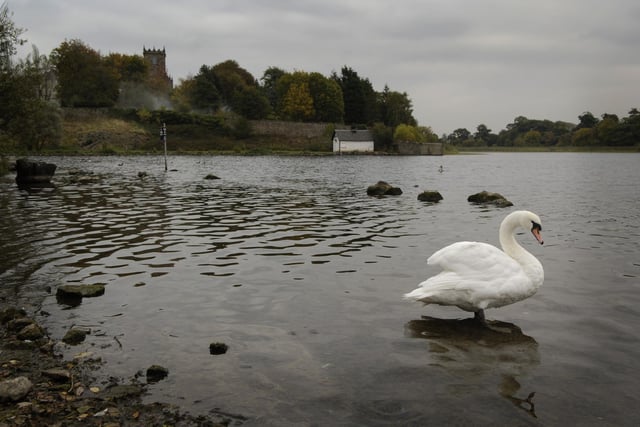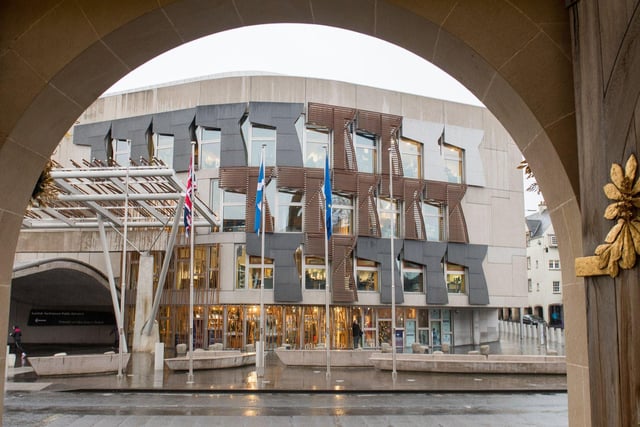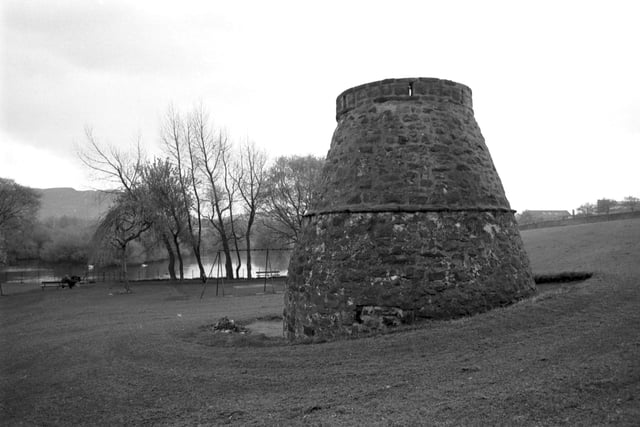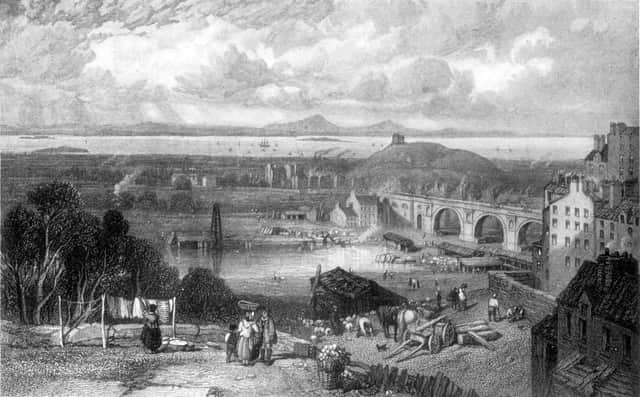Indeed, Edinburgh was once dominated by rugged hills, volcanic crags and deep bodies of water. Tens of millions of years of intense volcanic activity followed by several thousand years of glacial erosion in the Lothians carved out a dramatic and picturesque landscape.
Some of Edinburgh most famous lost lochs include Canonmills Loch, the Burgh Loch, and the aforemntioned Nor’ Loch, where more than 300 men and women were sentenced to be tried for wizardry and witchcraft either in the loch itself or around its banks.
Others – such as Duddingston Loch and Lochend Loch – survive to this day, but they are now much smaller than they were.
Take a look through our photo gallery to find out more.
Others – such as Duddingston Loch and Lochend Loch – survive to this day, but they are now much smaller than they were.

5. Duddingston Loch
Though not technically lost, in prehistoric times, Duddingston Loch is thought to have been at least ten times larger than it is today, stretching as far south as Cameron Toll and the eastern foot of Blackford Hill. Photo: ROB MCDOUGALL

6. Holyrood Loch
Whether intended or not, the artificial ponds located outside today's Scottish Parliament hint at Holyrood's prehistoric past. Study of sediments during a dig in the 1990s revealed there had once been a natural body of water in the area. Photo: Ian Georgeson

7. Lochend Loch
Another loch that has shrunk considerably in recent centuries is Lochend Loch. Once supplying the town of Leith with drinking water, the loch was originally in the grounds of Lochend Castle. Remains of an ancient crannog were discovered in the loch in 1931. Photo: Stan Warburton

8. Corstorphine Loch
The former village of Corstorphine was once situated between two bodies of water: the now-drained Corstorphine Loch and Gogar Loch. Corstorphine Loch was by far the biggest of the two and fed into the Water of Leith. Photo: Freelance Photographer Steven Sc


